Ver-o-Peso Market in Belém. Parintins Festival in the city of the same name. Carimbó in Pará. Amazonas Theater in Manaus. Marabaixo in Amapá. Pedra do Sol archaeological site in Roraima. Do you know what all these seemingly unrelated things have in common? They're all listed as historical and cultural heritage sites of Amazonian states.
According to the Federal Constitution, historical and cultural heritage refers to assets, whether material or immaterial, that represent the identity, actions, and memories of the different groups that make up Brazilian society. These assets are produced by the culture of a social group and must be preserved for their historical relevance and for the cultural preservation of that people, ensuring the permanence of these legacies for future generations.
Material assets include buildings and architectural complexes, monuments, natural parks, works of art, and archaeological sites. Immaterial assets, by its turn, include traditional knowledge, celebrations, forms of expression such as music and dance, places with specific cultural practices, such as terreiros, and ways of doing things, such as crafts and cuisine.
According to Alexandre Máximo, vice-coordinator of the Postgraduate Program in Cultural Heritage Sciences (PPGPatri) at the Federal University of Pará (UFPA), these assets must be legally recognized as heritage and, therefore, preserved. "Listing is the legal mechanism of protecting cultural heritage and can be done at the municipal, state, and federal levels. In this process, we gain the means to protect them, such as through restoration or conservation," he explains. Listing is performed for materials assets, while immaterial assets undergo registration and safeguarding processes.
PRESERVATION
This Sunday (17) marks National Historical and Cultural Heritage Day, a reference to the birthdate of Rodrigo Melo Franco de Andrade, founder of the Instituto do Patrimônio Histórico e Artístico Nacional - IPHAN [National Institute of Historical and Artistic Heritage], the federal agency responsible for the listing, registration, and preservation of Brazilian heritage.
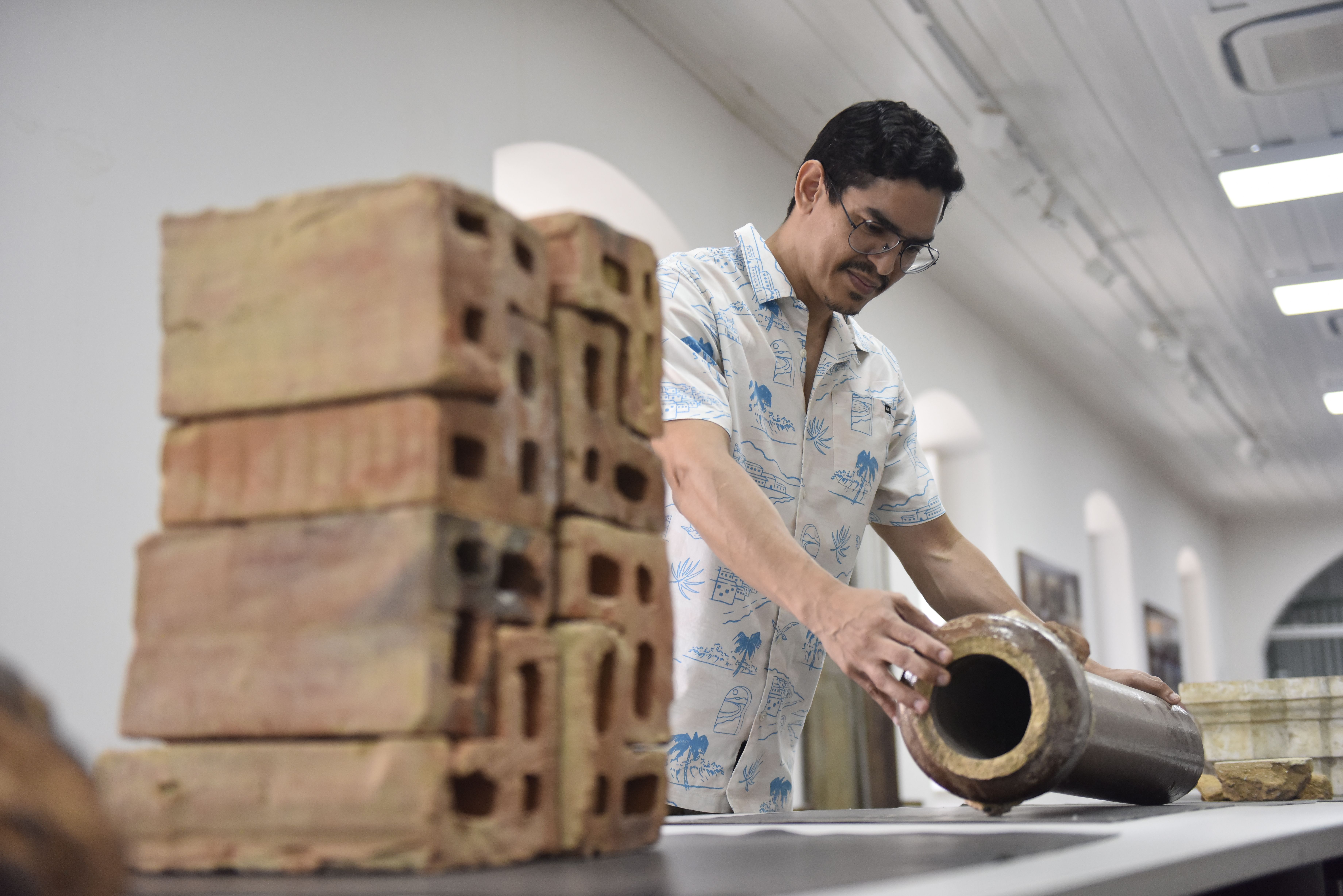
Regarding material assets, IPHAN listing requires specific actions that can be taken. "When restoring, we must, for example, preserve the construction techniques used on that asset," explains Máximo. An example of this work is being carried out in the building that houses the PPGPatri, the former Mercedarian Convent, a listed building by IPHAN. After restoration, the ground floor will house public spaces, including a museum. The first floor will continue to house academic activities - in addition to the PPGPatri, the building also houses the Faculty of Conservation and Restoration, the only undergraduate program in the field in the North, Northeast, and Central-West regions.
SOLEDADE CEMETERY
Both the college and the graduate program train professionals and researchers who will work in the preservation of cultural heritage. The Conservation, Restoration, and Rehabilitation Laboratory (Lacore) is located in the Mercedários building and has already worked on the restoration of various important sites in Pará, such as the Ver-o-Peso market, the Praça do Relógio square, the Bolonha Palace, and the Faciola Palace.
For Máximo, a major highlight of Lacore's work and the programs is the restoration of the mortuary architecture of the Nossa Senhora da Soledade Cemetery, one of the few listed in Brazil. "The project involves work on several fronts in the conservation of this architecture, using various historical materials, such as stone, tiles, railings, glass, paving stones, and paint. It also includes the use of digital technologies to track and monitor the work, and an archaeology and bioarchaeology team to process finds from tombs and mausoleums, such as ex-votos and bones," explains the professor.
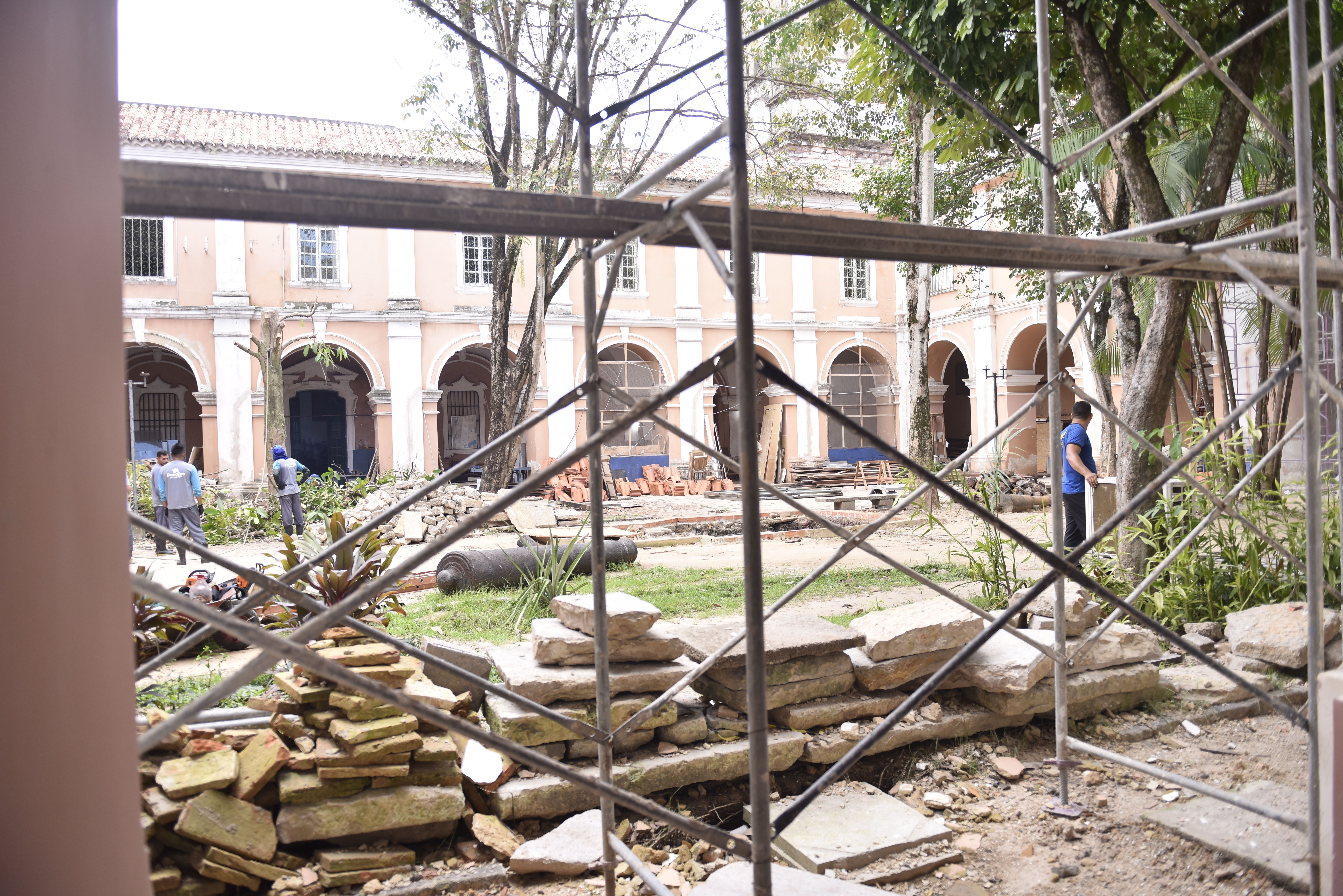
The region has jewels of unique value
In addition to the aforementioned heritage sites, Máximo points out other notable Amazonian heritage sites. "We have a huge variety of properties in the Legal Amazon, such as the Ver-o-Peso Market and the Theatro da Paz, in Pará; the Amazonas Theater, in Amazonas; the São José de Macapá Fortress, in Amapá; the Nossa Senhora do Carmo Parish Church, in Roraima; the Royal Fort Príncipe da Beira, in Rondônia; and the Historic Center of Porto Nacional, in Tocantins, all of which are federally listed. Many of these buildings feature traditional construction techniques that could have originated elsewhere, particularly in Europe, but with local adaptations, materials, and labor, which gives each of these properties a unique value," he states.
Regarding immaterial cultural assets, Máximo says there are several nationally recognized ones, such as the Círio de Nazaré, the carimbó, the gourd-making method of the Lower Amazon, and the Saint Sebastian Festivals in Belém and Marajó, all in Pará. In other Amazonian states, there is the Kusiwa art, a system of graphic representation and body painting of the Wajãpi indigenous people, from Amapá; the Bumba-Meu-Boi, from Maranhão; and the Karajá doll-making method, from Tocantins. "These immaterial assets represent different cultural practices of our Amazon. Hence the importance of preserving these assets for our society," he adds.
QUALIFICATION
According to the researcher, the scenario for preserving historical and cultural heritage has become more positive in the Amazon since the creation of undergraduate and graduate programs in this area by UFPA. "This has favored the training and qualification of a workforce to work with cultural heritage, providing a huge leap in the quality of discussions and disciplines related to cultural heritage in the Amazon. Many graduates of these programs are already occupying positions in the job market, which is gradually changing the local landscape," he comments.
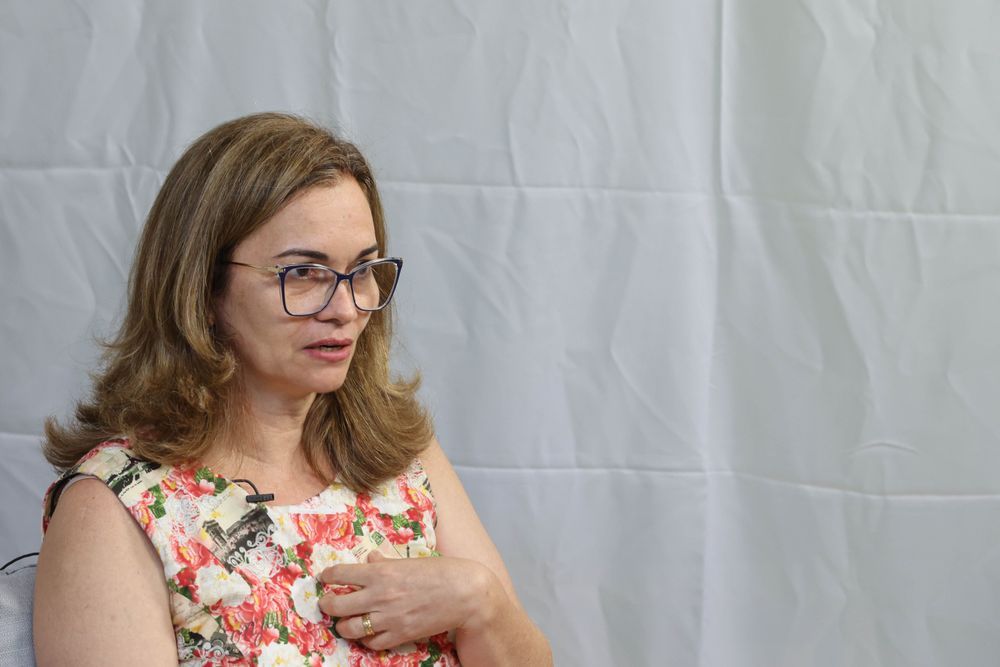
Communities are the guardians of immaterial cultural assets
Unlike material assets, immaterial assets rely on diverse registration and preservation processes. According to Ida Hamoy, also a professor at PPGPatri, the process is conducted in conjunction with the communities, with stages of identification, inventory, registration, and safeguarding. "In the inventory, the community recognizes practices, knowledge, festivals, ways of doing things, crafts, and forms of expression that are generally transmitted orally. At this stage, a technician conducts an immersive experience within the community to identify ancestral daily practices that hold great cultural significance for this group. In other words, those who hold knowledge about this cultural asset will describe its practices, histories, meanings, and ties to its territory," explains the researcher.
After the inventory phase, registration with the appropriate agency begins. Next, comes the safeguarding process. "Management and generational transmission plans for this knowledge are developed, in addition to the creation of public policies to promote this dissemination," emphasizes Ida.
Regarding the registration and safeguarding of immaterial assets, public participation is essential. "The entire process must consider the holders of this knowledge as protagonists. They are the ones who live, maintain, and are the true guardians of this knowledge. In other words, without them, there is no heritage, no transmission, no registration. The heritage technician merely organizes this knowledge," emphasizes the researcher.
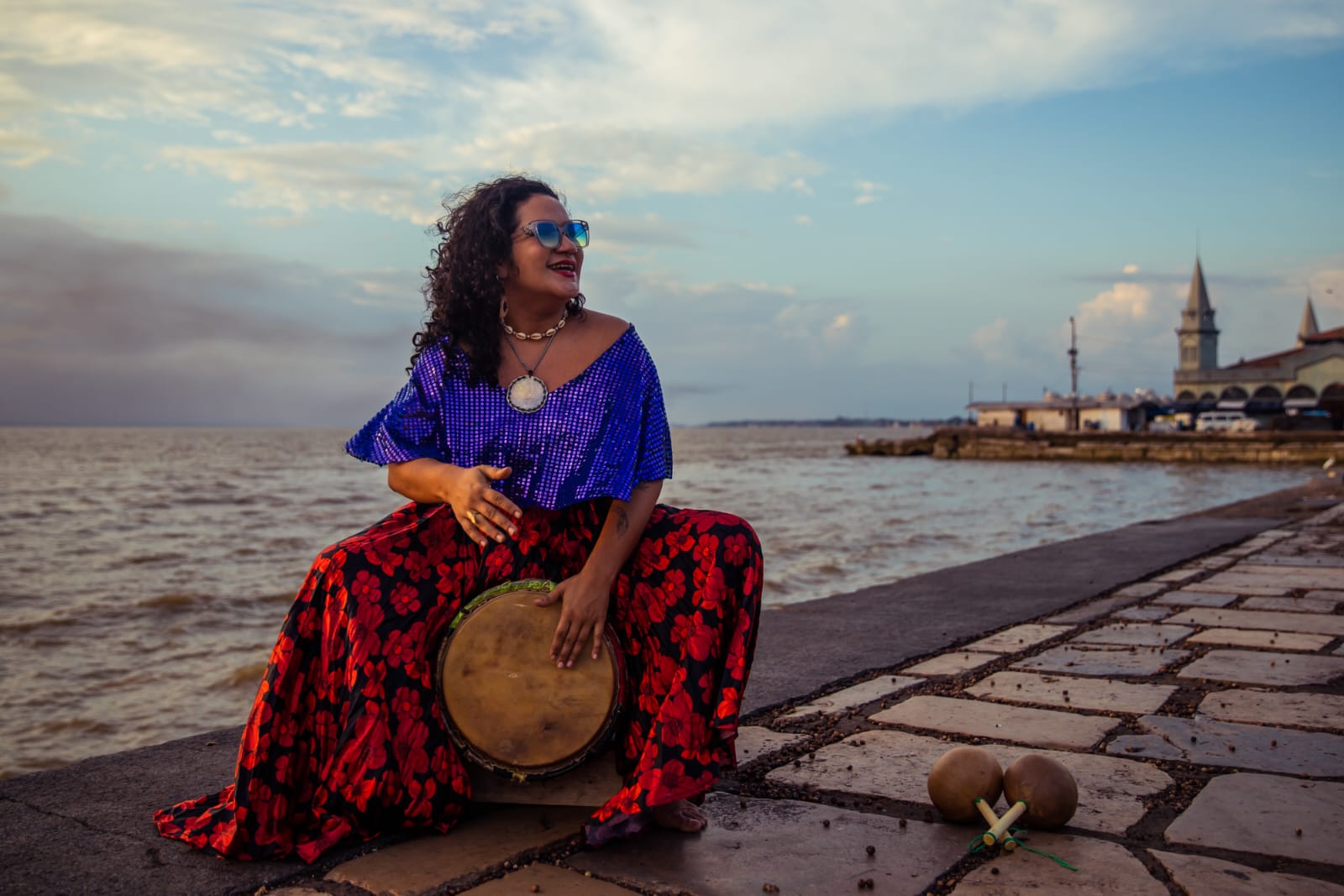
CARIMBÓ
Journalist and multi-artist Priscila Cobra is one of the holders of knowledge related to carimbó, a Pará-based art form recognized as Brazilian immaterial cultural heritage since 2015. She is part of the Icoaraci carimbó community and has produced her own works in this field, including recorded albums.
According to her, recognition as a heritage site is of enormous value to the people of Pará. "When a property becomes a Brazilian heritage site, it means its importance, transcending state and regional boundaries to reflect an identity of national belonging. It is an achievement of masters who have kept this cultural and artistic heritage alive for centuries, despite everything else, because carimbó was once banned and associated with vagrancy and marginality, like capoeira and samba. However, it has remained alive, vibrant, and reclaiming its Afro-Indigenous ancestry," says the artist.
Regarding her work in safeguarding, Priscila says it occurs primarily through oral tradition. "This happens through experiences, visiting territories, spending time with teachers, learning about the reality of each location, because in each part of the state, carimbó has a different accent," she argues.
CAPOEIRA
The Physical Education teacher and pedagogy graduate Jamile Andrade is involved in the safeguarding of capoeira, which, in addition to being a Brazilian heritage site, was also declared an immaterial cultural heritage site of Pará in 2024. Also from Icoaraci district, Jamile is known as contramestra Pretta Nzinga in her group, Berimbau Brasil.
According to the guardian, the safeguarding process carried out by capoeiristas occurs through the transmission of knowledge from that culture, passing on values, foundations, and traditions, harking back to the struggle for the liberation of enslaved peoples. "This happens not only through our physical expression, but also through our oral tradition, musicality, capoeira circles, and instrument making. This is how we perpetuate our practice," she emphasizes.
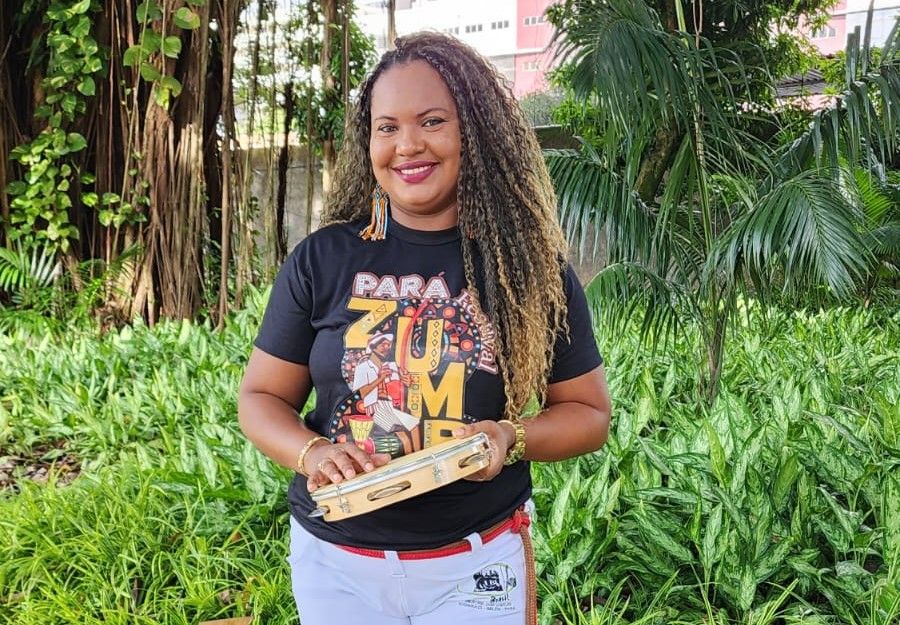
Pretta Nzinga teaches capoeira classes to children and young people in Icoaraci, coordinates a women's capoeira movement, and produces events and documentaries on the topic. "As part of this safeguarding process, I teach capoeira classes, incorporating elements of musicality, combat, and historical context, while also incorporating elements of societal debates, such as sexism and racism, into the practice of capoeira," she adds.
In Pará, the list of assets is growing
In the state of Pará, the Departamento de Patrimônio Histórico, Artístico e Cultural - DPHAC [Department of Historical, Artistic, and Cultural Heritage], affiliated with the Secretaria de Estado de Cultura – Secult [State Secretariat of Culture], is the agency responsible for protecting and safeguarding the state's cultural heritage.
Several properties have already been declared heritage sites by the Department at the state level, including the Paes de Carvalho State School; the Tapajônica Ceramics Collection; the Farol Hotel and the Ilha dos Amores [Island of Love] in Mosqueiro; The Terreiro de mina Dois Irmãos in Guamá; the Basilica Sanctuary of Our Lady of Nazareth in Belém; the Church of São Benedito in Bragança; the Salinópolis Lighthouse; and the Antônio Lemos School property in Santa Izabel do Pará. As immaterial heritage, the Corpus Christi procession of Capanema is registered.
Rebeca Ribeiro, director of DPHAC, reports that the agency analyzes applications for heritage listing and registration, conducts historical and architectural research, and conducts technical visits to listed cultural assets and their surrounding areas to ensure their continuity and preservation. "Together with the communities, we monitor these material and immaterial assets so they can be enjoyed by different generations," she explains.
INSTITUTIONAL PARTNERSHIP
The production of Liberal Amazon is one of the initiatives of the Technical Cooperation Agreement between the Liberal Group and the Federal University of Pará. The articles involving research from UFPA are revised by professionals from the academy. The translation of the content is also provided by the agreement, through the research project ET-Multi: Translation Studies: multifaces and multisemiotics.